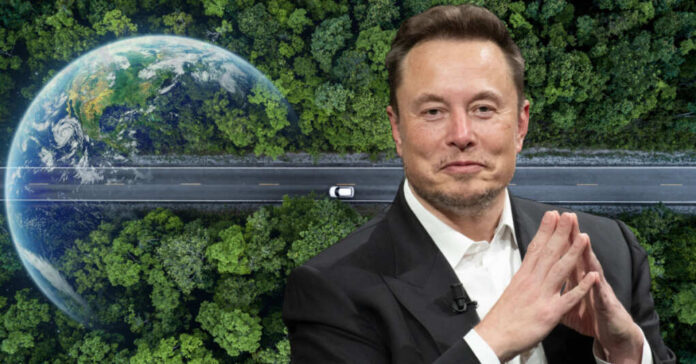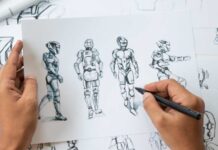
When Technoking and Tesla CEO Elon Musk revealed the Cybertruck prototype in 2019, this was to be the truck to end all trucks. It would be damn near indestructible, it would look sleek, and it wouldn’t take long to be delivered. The hype was immense, and the pulse in the room was palpable. As it was unveiled, while people still went nuts, the execution just didn’t live up to the hype for most people.
This truck wasn’t sleek. It was only futuristic if Terminator and the truck from the videogame Halo had a bastard child when one slipped past the goalie. It didn’t look like what we had imagined anytime in the last 60 years. Yet here it was. As Musk talked up the breakproof windows, one shattered easier than a regular car window would. Things didn’t work as he said they would.
Next, the Gigafactory in Austin, Texas, wasn’t ready as designed or planned. COVID had again delayed and complicated that development. Unable to tell an investor who asked how many Cybertrucks would be on the road in 2024, all he would say is he expects 250k in 2025. During the shareholder presentation, they claimed the Gigafactory could currently do 125k per year. He explained that this was something he had anticipated.
“This is simply normal. When you’ve got a product with a lot of new technology, or any brand-new vehicle program, but especially one that is as different and advanced as the Cybertruck, you will have problems proportionate to how many new things you’re trying to solve at scale…We dug our own grave for Cybertruck. Nobody digs graves by themselves and so it is -– Cybertruck is one of those really special products that comes along only once in a long while.”
He’s 100% right, too.
The Cybertruck is a special project, much like the first “modern” pickup trucks. The difference is when this hits the market in full force, it will be great for about a minute. Many of the people who purchased their spot in the Cybertruck pool were doing it to flip a truck. Trying to be able to turn a quick profit so some yuppie could say he was the first one to have one at Whole Foods. Then they discovered they wouldn’t be released before the Ford’s electric offering, Lightning, and other gas truck options with great MPGs.
Showing up late, over budget, and under production is a sign that the green industry is not ready to embrace the people who need a pickup in their lives. There is no use for these vehicles on a working ranch or for trail riders. Those who live the remote life and need something that can sit unattended and start easily won’t find a use for these trucks. Rival electric truck maker Rivian is finding this out the hard way too.
Without the widespread networks, green battery manufacturing, cost savings, and long-term reliability issues solved, the American public, by and large, is not ready to go green. As Henry Ford realized for himself, people will only adapt so much at once. It takes time to warm them up on an idea, telling them it’s good for them and not being able to prove it doesn’t sell vehicles. If anything, it drove people away.
If Tesla and other automakers can standardize charging systems like gas filler necks and make batteries less flammable, they would get more of America on board. Make the batteries easier to extinguish when they do ignite and get full charge down to 15 minutes or less, and you’ll have 90% of people open to the idea.
The problem is that neither Tesla, Rivian, Ford, or GM are all that keen to work together to create the best vehicles possible. Much like politics, this has become an “all about me” moment for each manufacturer. Combining technology and making the standards more established across the board only helps the consumer make an equitable decision. Something green energy isn’t ready for.















